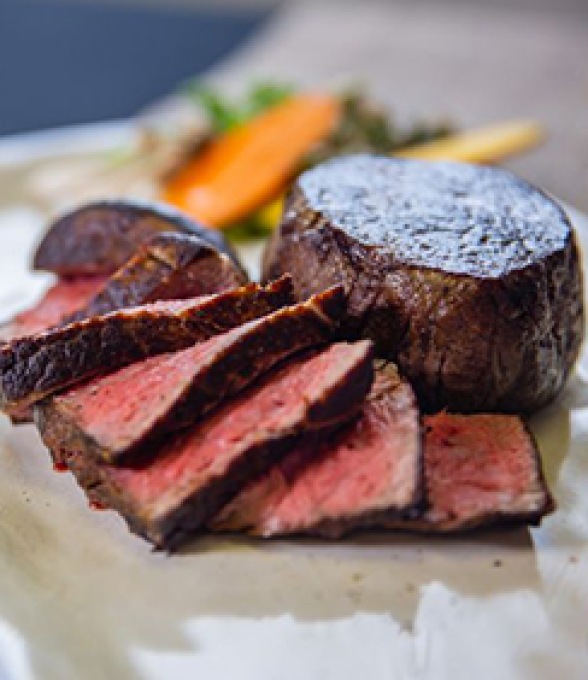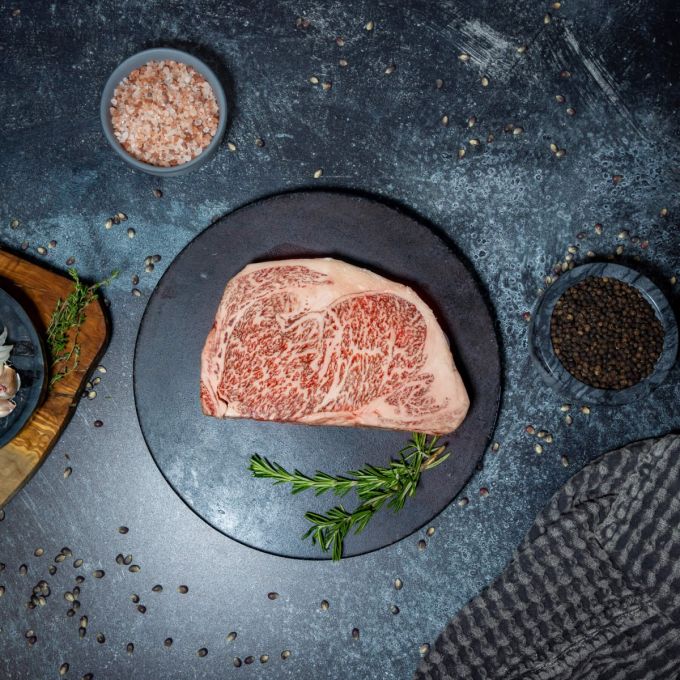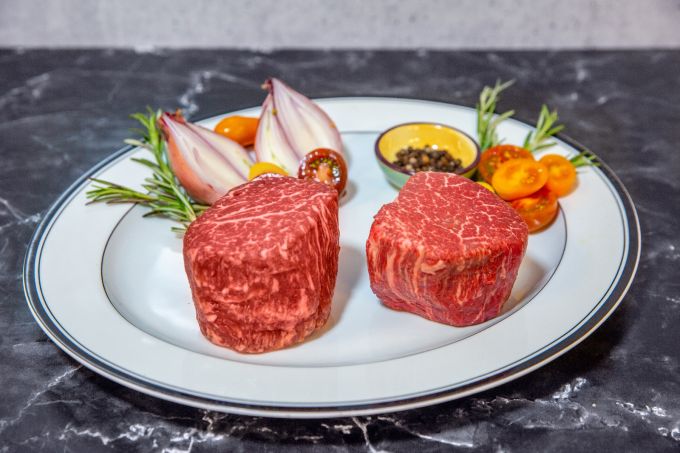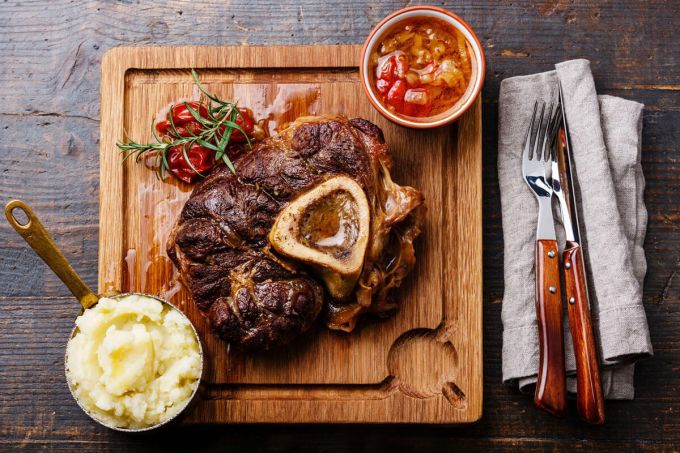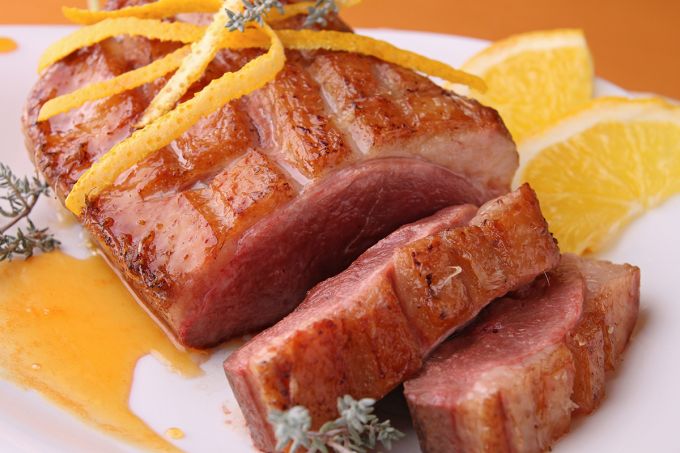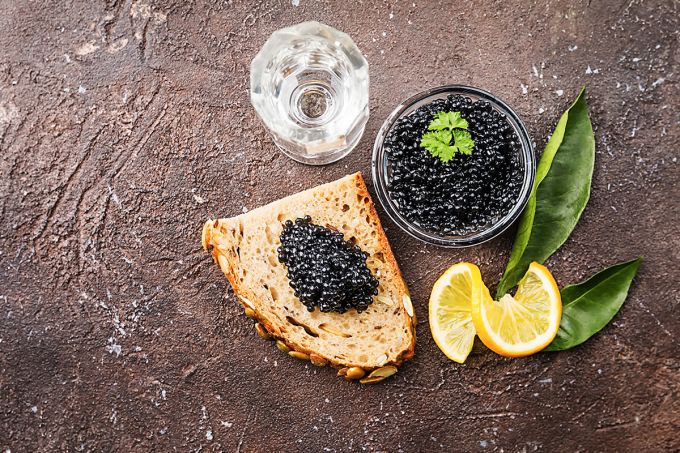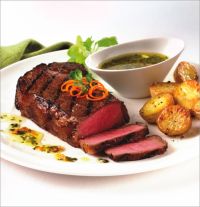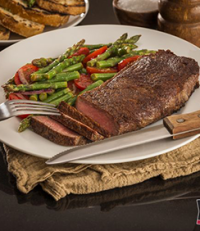FROZEN Steak vs FRESH Steak - Which is BEST? - Guga Foods
Steak lovers, gather around! Today, we're tackling one of the most sizzling debates in the culinary world—frozen steak vs fresh steak. Can a frozen steak really rival its fresh counterpart in taste and texture? This blog post dives into the methods, results, and best practices for both, featuring insights from the popular Guga Foods YouTube channel.
Safe Defrosting Methods
Before we get into the nitty-gritty of cooking techniques, it's crucial to discuss safe defrosting methods. The USDA recommends three primary ways to safely defrost meat:
- Refrigerator Thawing:
- Place the steak in the refrigerator, allowing it to thaw slowly over 24 hours. This method retains the most moisture and ensures even thawing.
- Cold Water Thawing:
- Submerge the steak in cold water (keep it in a leak-proof bag). Change the water every 30 minutes until thawed.
- Microwave Thawing:
- Use the defrost setting on your microwave. Cook immediately after thawing to avoid bacterial growth.

The Guga Foods Experiment
In his highly requested video, Guga from Guga Foods set out to answer this burning question by comparing frozen and fresh PRIME New York Strips. For the experiment, he used two different cooking methods:
- Traditional Method for the frozen steak.
- Reverse Sear Method for the fresh steak.
Frozen Steak Cooking Method:
- Sear the Frozen Steak:
- Start by searing the frozen steak on high heat.
- Cook Slowly:
- Transfer the steak in a grill to 250°F (120°C) until it reaches an internal temperature of 135°F (57°C).
- Rest and Enjoy:
- Allow the steak to rest for 5-8 minutes before serving.
Fresh Steak Cooking Method (Reverse Sear):
- Slow Cooking:
- Begin by cooking the fresh steak in a grill set to 250°F (120°C) until the internal temperature reaches 115°F (46°C).
- Sear the Steak:
- Finish by searing the steak to achieve a final internal temperature of 135°F (57°C).
- Rest and Enjoy:
- Like the frozen steak, allow it to rest for a few minutes before cutting.

Taste Test and Results
Guga's experiment provided some intriguing results. Here’s what he found:
- Texture:
- The frozen steak had a surprisingly tender texture, thanks to the slow cooking process after searing.
- Flavor:
- Both steaks were seasoned with salt, pepper, and garlic powder. However, the fresh steak's flavor was slightly more pronounced, possibly due to the reverse sear method locking in more juices.
- Moisture:
- Contrary to popular belief, the frozen steak retained a good amount of moisture, debunking myths that freezing dries out meat.
Benefits of Each Method
Frozen Steak
- Convenience:
- Perfect for those who don’t have fresh steak readily available but still crave a juicy cut.
- Less Waste:
- Freezing extends the shelf life of meat, reducing food waste.
Fresh Steak
- Optimal Flavor:
- Fresh steak, especially when reverse seared, often has a richer flavor profile.
- Immediate Use:
- Ideal for planned meals where you have access to fresh cuts.
Conclusion
The debate between frozen and fresh steak might not have a one-size-fits-all answer. Both methods have their advantages, and the "best" choice depends on your specific needs and preferences. If you're curious to explore further, don't miss Guga's full video for a more in-depth look at his findings.
Ready to elevate your steak game? Whether you prefer frozen convenience or the rich flavor of fresh cuts, mastering these cooking techniques will make every meal a success. For more tips and personalized advice, book a consultation with one of our expert chefs today!
For more detailed guidelines on freezing and food safety, check out the USDA's official resources,
Watch Guga Foods' detailed experiment here Guga Foods YouTube Video
Happy cooking!



